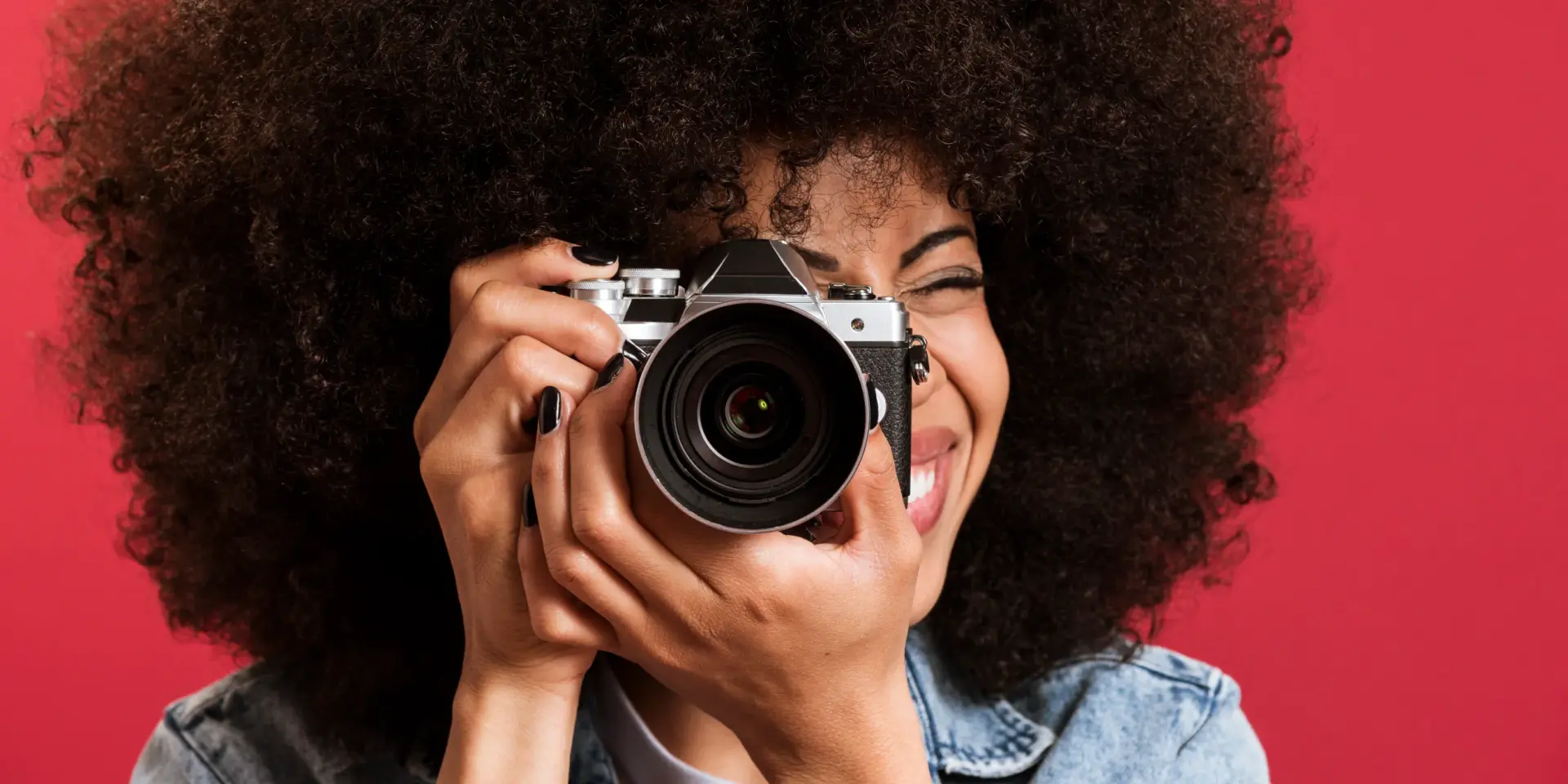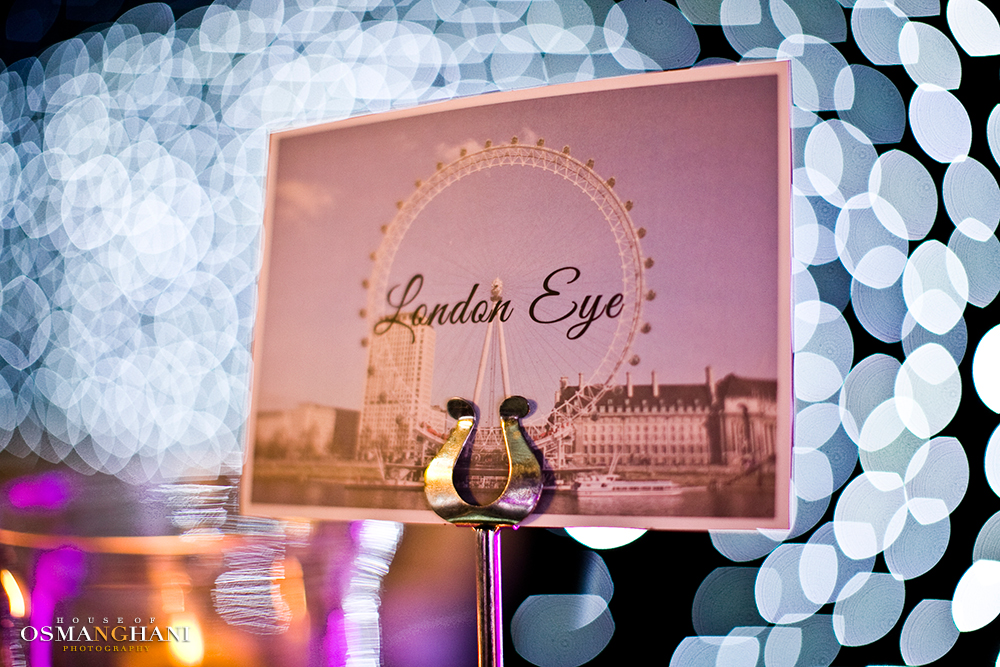Do you want to make a stunning photo but you realize something is missing in your composition? Are you searching for a permanent solution? The secret might lie in balance because without balance your photos can feel chaotic or uncomfortable. It will distract the viewers instead of engaging them.
But you know what? You can completely transform your image by understanding how to use balance in photography. Let’s learn how to make every shot feel more cohesive and impactful.
What is Balance in Photography?
Balance in photography refers to the balanced distribution of visual weight within an image. It is the process of arranging the elements such as objects, colors, and tones. However, a balanced image engages the viewer and satisfies your visual experience. The goal of good photographic composition is to guide the viewer’s attention across the image so that they fully absorb the message embedded in the visual elements.
Why Is Balance Important in Photography?
Today, Photography is a demanding art form, and achieving balance is at its essence. Even if you’re working with unique subjects and top-notch image quality. The problem is an imbalanced composition makes the photograph uncomfortable and harsh.
Not only professionals but also a common person can easily receive it. As a result, the image distracts the intended emotion. So, it is clear that balance photography is important because it can engage the viewer with its emotional expression.
How does Balance influence composition?
If you want to integrate balance into your photographs, break down the scene into its components. After that, you should consider both the physical aspects of shapes, lines, textures, and colors. You can also use objects, actions, and emotions.
When you mentally assign weight to each element in the scene, then you can easily decide how to relate them. Photography is not just about what is in front of you. It is about how distance, camera settings, and angle influence the relative importance of each element.
Types of Balance in Photography
You can achieve balance through positioning, tonal contrast, or the interplay of colors. There are five types of balance. If you understand them, you can create more visually balanced and meaningful compositions:
- Symmetrical Balance
- Asymmetrical Balance
- Color Balance
- Tonal Balance
- Conceptual Balance
Symmetrical Balance
Symmetrical balance is often referred to as formal balance. It is one of the most natural approaches in photography. It’s common to place the primary subject at the centre of the frame but professional photographers often advise steering clear of this positioning in favour of something more dynamic. Still, both sides of the image carry equal visual weight and can be incredibly impactful.
In this style of balance, subjects on either side mirror one another or they may be framed by negative space to enhance focus. Symmetry attracts the viewer’s eye to the centre. However, it creates a pleasing equilibrium.
Asymmetrical Balance
Asymmetrical balance is also known as informal balance. It is an approach that requires more skill and thought. It places the subject off-center and creates visual interest through imbalance that still feels harmonious. You can also balance the composition by contrasting the size, shape, or color of secondary subjects with the primary ones.
Color Balance
Another important element of balance is the use of colour. A photo saturated with bright, bold colors can overcome the viewer, tipping the image off balance. Instead, balancing a vibrant area with neutral or subdued tones can create harmony and prevent visual overload.
Tonal Balance
Tonal balance becomes necessary in black-and-white or monochrome images. Lighter and darker areas interact with each other to create contrast and a well-balanced composition. It ensures that these contrasts don’t overwhelm one another.
Conceptual Balance
Conceptual balance transcends visual symmetry or color and dives into deeper contrasts between textures, themes, or meanings. This balance often tells a story or evokes a deeper emotional response through the relationship between two contrasting elements.
How can you Capture a Balanced Photograph?
You can start by carefully estimating the scene in front of you. Then, imagine how to place those elements to create harmony. Do some Experiments and test various angles to see how they affect balance.
After taking a few test shots, assess whether the composition feels balanced. Does one side feel too heavy? Are the elements competing for attention? If so, try adjusting your depth of field to help isolate the focal point and reduce distractions. As you practice these techniques, your ability to create visually appealing and balanced photos will improve over time.
Conclusion
As we have discussed, balance in photography is essential. No matter if you are using symmetry, asymmetry, color, tonal contrast, or conceptual balance. Each method serves to guide the viewer’s eye and convey your intended message. You can enhance the emotional impact and storytelling power of your photos by understanding how to manage the distribution of visual weight within your frame,
Balance is not a technical skill. So Relax, you need to take the time to experiment with different approaches. Soon you will be able to create well-balanced, stunning photographs.
People Also Asked
What is visual weight in photography?
Visual weight refers to how much a subject grabs the viewer’s attention. Size, color, and brightness all affect visual weight.
How do I know if my photo is balanced?
A balanced photo lets your eye move naturally across the image. You won’t feel stuck staring at just one part.
What role does negative space play in balance?
Negative space is space around the subject. It can help balance the weight of the subject and create calm.
Can balance affect the mood of a photograph?
Yes. A balanced photo feels calm and orderly. An unbalanced photo can create tension or drama.
How does the rule of thirds help balance a photo?
The rule of thirds places the subject off-centre. It adds interest and creates balance.


